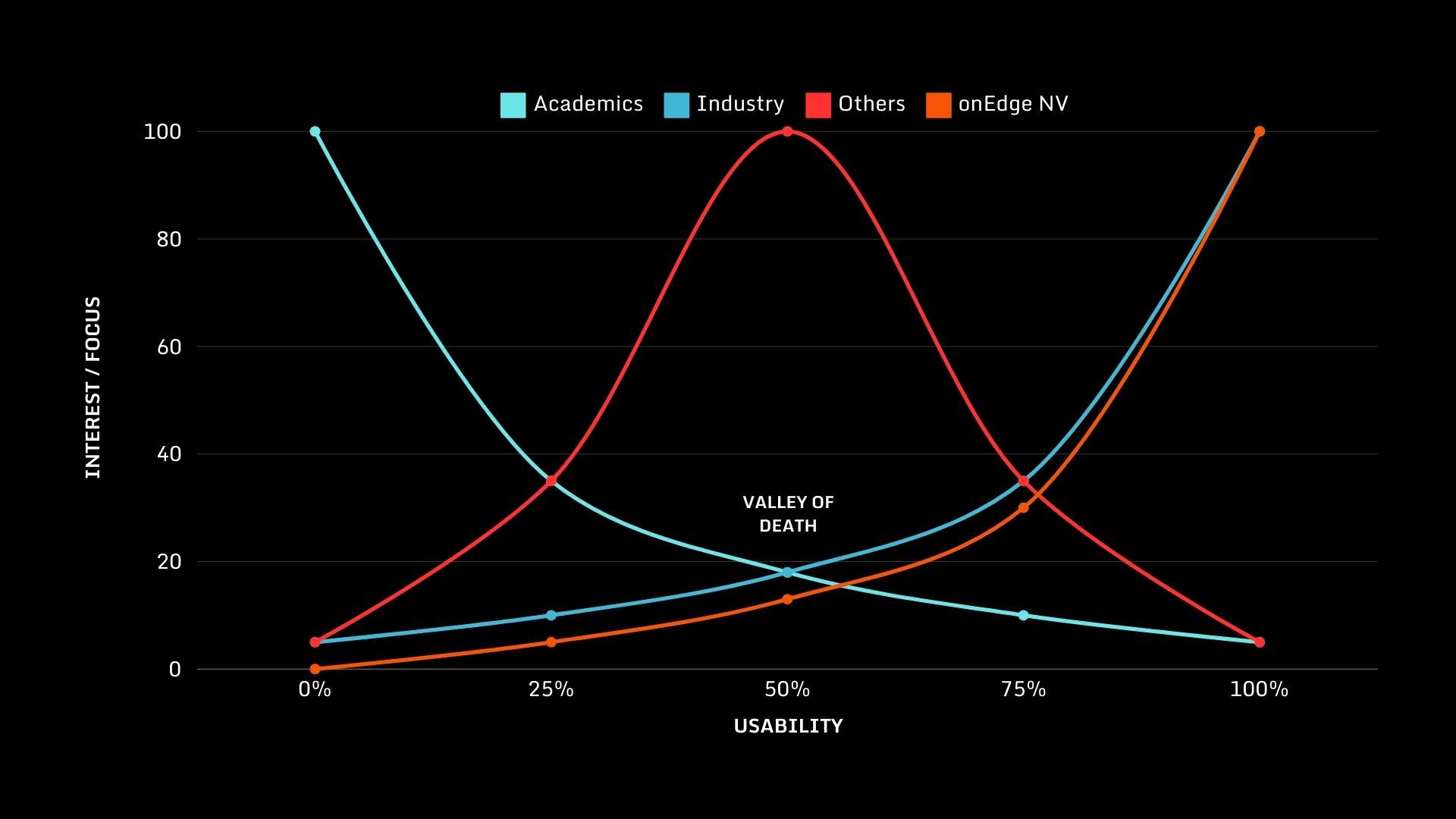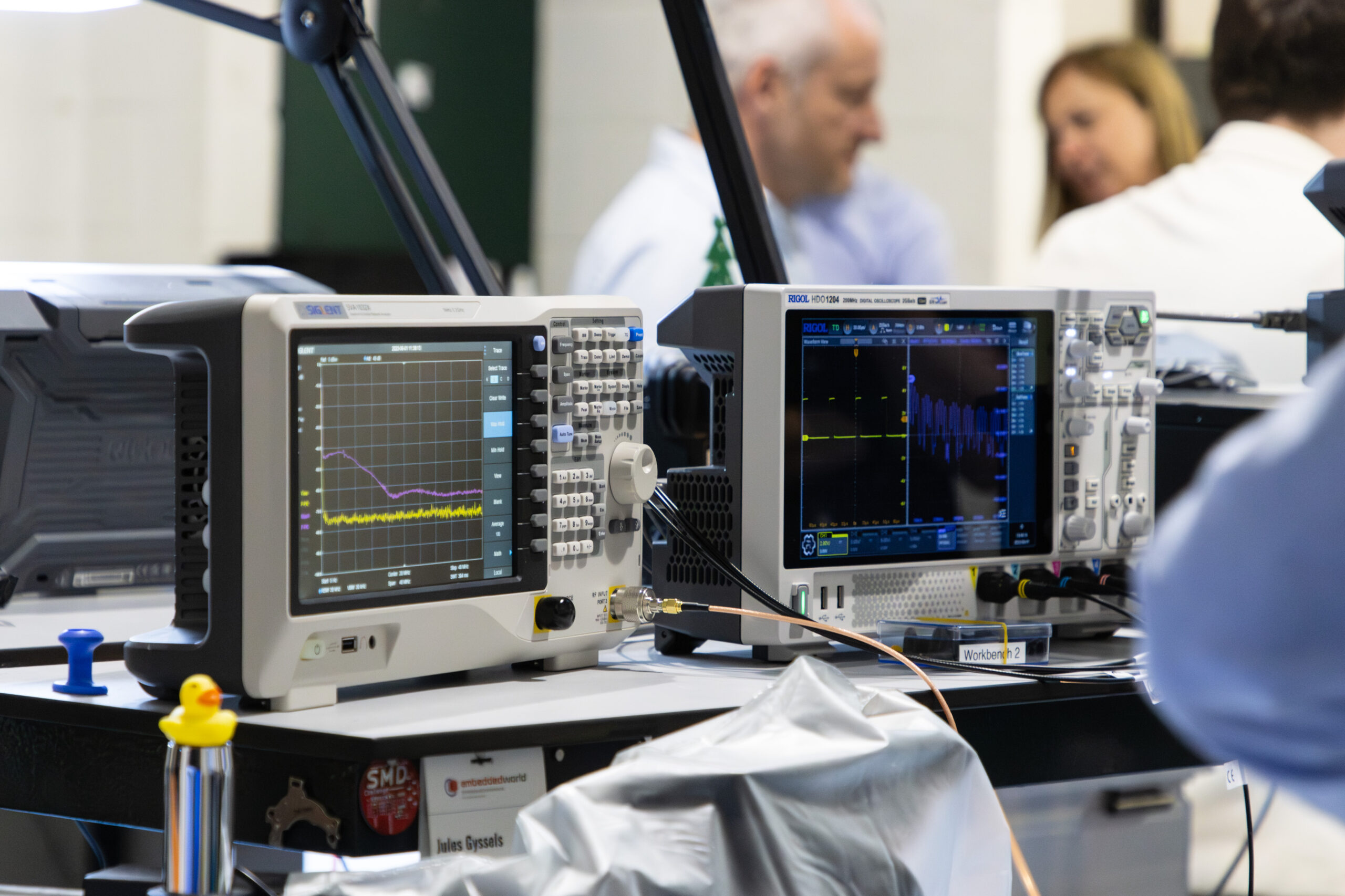Understanding the Valley of Death
The “Valley of Death” is a critical phase in innovation where many promising projects face significant challenges. This period is particularly challenging in the embedded systems sector due to unique technical and market complexities. Navigating this phase is essential for turning prototypes into market-ready products.
The Valley of Death occurs between developing a prototype and achieving commercial viability. During this time, companies encounter substantial technical, financial, and market alignment challenges. In embedded systems, these hurdles are even more daunting due to the highly specialized nature of the technology and its applications.

Technical Challenges: Embedded systems involve complex integrations of hardware and software, making the transition from prototype to production particularly difficult. Issues such as power consumption, thermal management, and real-time performance must be meticulously addressed. For example, an embedded system designed for automotive applications must meet stringent safety and reliability standards, requiring extensive testing and validation.
Funding Gaps: Securing continuous funding during this phase can be tough. Investors often seek proof of market viability before committing substantial resources. For embedded systems, which require significant upfront investment in specialized hardware and development tools, this funding gap can be a major obstacle.
Market Alignment: Ensuring that the product meets market needs is crucial. This involves understanding customer requirements and anticipating future trends and regulatory changes. For instance, an embedded system designed for industrial automation must be adaptable to evolving industry standards and protocols.
Production Complexities: Scaling up production from a prototype to a full-scale product involves establishing reliable supply chains, maintaining quality control, and managing production costs. Embedded systems often require custom components, complicating the manufacturing process.
Organizational Misalignment: Effective commercialization requires close collaboration between technical and business teams. Misalignment between these groups can lead to delays and increased costs. For example, a disconnect between the engineering and marketing teams can result in a product that is technically sound but fails to meet customer expectations.

Adding a New Perspective with the Graph
To illustrate this further, consider the graph above. It highlights how interest and usability interact across different groups: Academics, Industry, Others (intermediaries), and onEdge NV.
- Academics: Initially, academics have high interest in new technology but low concern for its usability.
- Industry: The industry, conversely, values high usability and optimizes products for practical application.
- Intermediaries: These groups try to bridge the gap, making initial optimizations. However, involving multiple centers with different visions can lead to misalignment and inefficiencies.
- onEdge NV: Unlike others, onEdge NV follows the industry’s curve, ensuring each development is fully aligned with industry standards, minimizing the risk of misalignment.
This graph emphasizes that while academia and industry have different priorities, the involvement of intermediary groups can complicate the development process. At onEdge, we streamline this by aligning our development processes with industry standards from the start, ensuring a smoother transition through the Valley of Death.

Strategies for Success: Embracing MAHD
To navigate the Valley of Death, the Modified Agile for Hardware Development (MAHD) framework can be highly effective. MAHD combines the iterative, feedback-driven approach of agile development with the rigorous demands of hardware engineering. Here’s how MAHD can address the challenges faced by embedded systems developers:
- Funding: By delivering incremental improvements and tangible results early in the development process, MAHD can help secure ongoing funding. Investors gain confidence from seeing steady progress and functional prototypes.
- Technical Validation: MAHD’s iterative cycles allow for continuous testing and validation, ensuring that technical issues are identified and resolved early. For example, power consumption issues in an IoT device can be addressed iteratively, preventing costly redesigns later.
- Market Focus: Regular stakeholder feedback ensures that development stays aligned with market needs. This helps in refining the product to meet customer expectations and comply with regulatory requirements. For instance, regular feedback from automotive industry stakeholders can help align the development of an embedded system with safety regulations.
- Streamlined Production: MAHD’s modular approach facilitates smoother transitions from development to production. By developing and testing individual modules separately, integration issues are minimized, and production can be ramped up more efficiently.
- Interdisciplinary Collaboration: MAHD encourages close collaboration between technical and business teams, fostering a shared understanding of goals and challenges. This alignment is crucial for timely and cost-effective product development.
Conclusion
Navigating the Valley of Death is a formidable challenge, especially in the embedded systems sector. However, by leveraging the MAHD framework, companies can address technical, financial, and organizational challenges more effectively. This approach not only accelerates the development process but also increases the likelihood of bringing successful, market-ready embedded systems to fruition.


